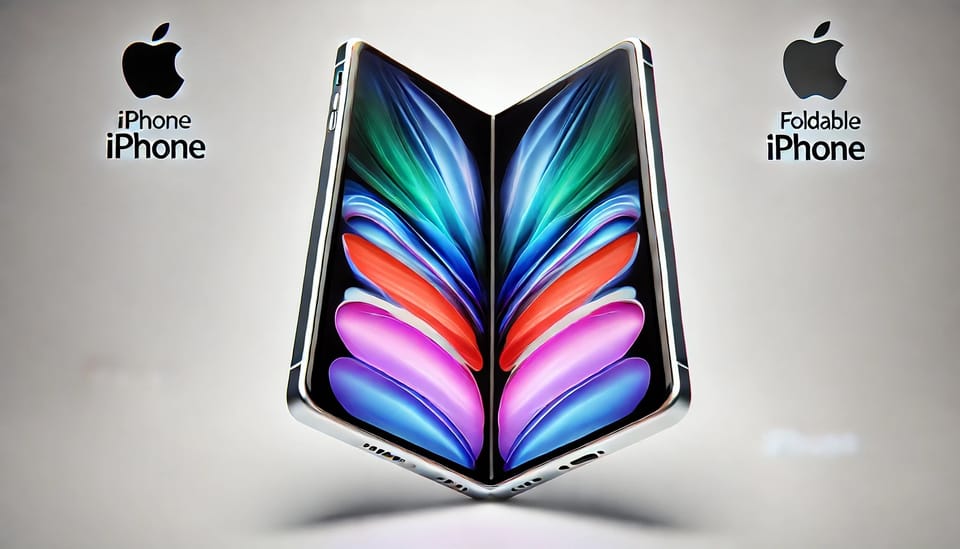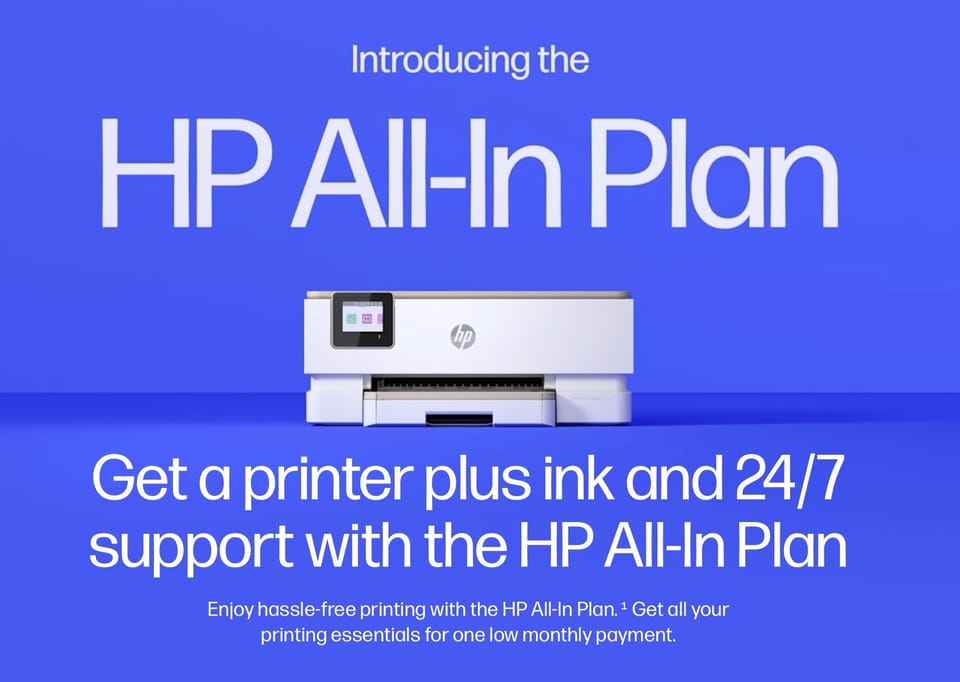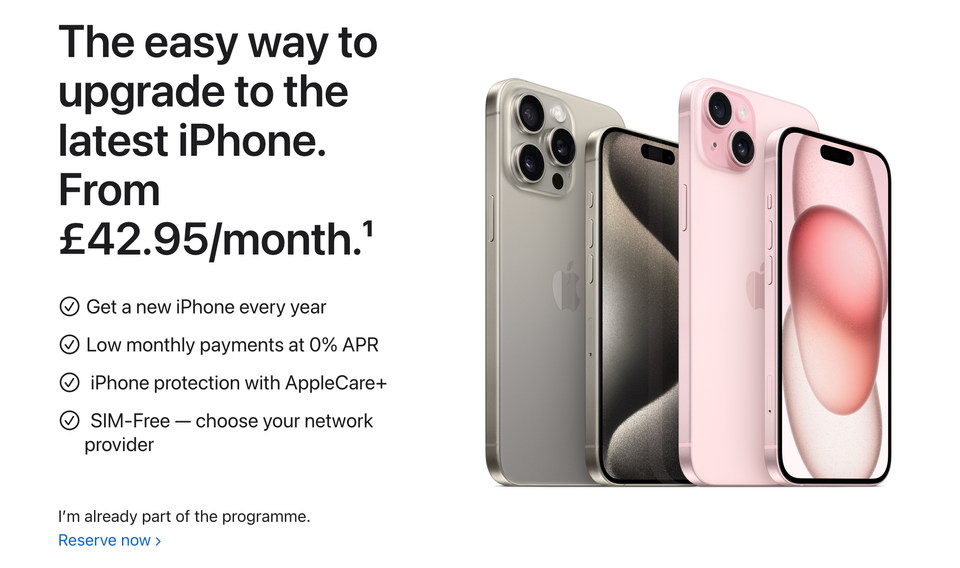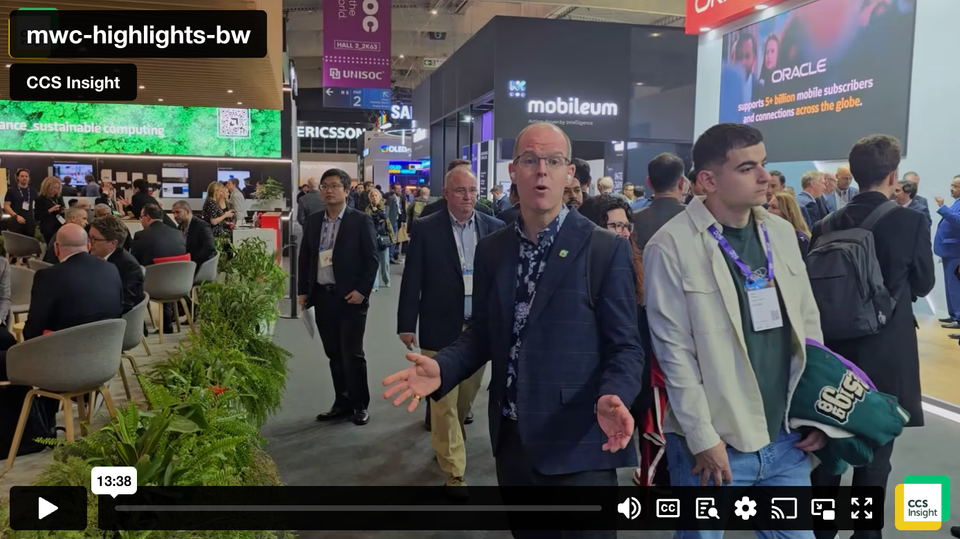IoT & Wearables: Workplace
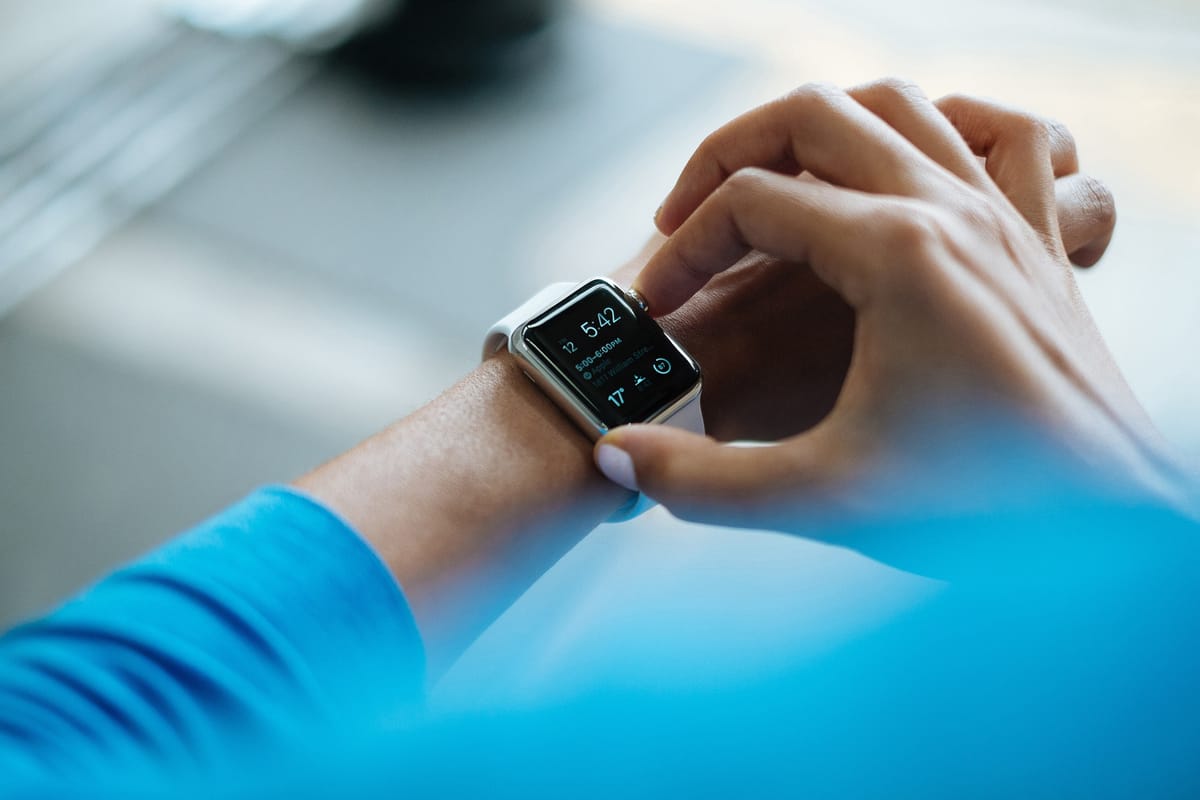
While many of the major tech companies have focused on the consumer side of IoT and wearables, others have recognized that there is a lot of potential in the enterprise as well.
IoT and wearables in the workplace offer unique opportunities for new experiences within the office, in the interactions with clients, in gathering data in new and possibly more efficient ways, and in a lot more areas.
When data reigns king
In most businesses, data is the alpha and the omega, the beginning and the end. Marketers need to gather data about potential target audiences, measure the potential of marketing campaigns, and track traffic, responses, and more.
Imagine, for instance, a retail store equipped with a variety of IoT devices such as Apple’s own iBeacons. Such devices could track exactly how consumers operate within those facilities so that the store can be refitted accordingly.
Identifying, measuring, and quantifying consumer responses to processes like marketing and advertising would be instant and unfalsifiable, especially when paired with the rising artificially intelligent services that can provide a host of analyzing features.
Gathering data through IoT and wearables in the workplace is still an area in its infancy. However, it is reasonable to assume that such devices will assist in data gathering in the future, especially as technologies like 5G become commonplace.
Every process can be simplified
Any and every process in a business can be simplified, especially if it has to do with a mundane task that takes up a lot of time for no reason.
For instance, the Cincinnati/Northern Kentucky International Airport recently installed sensors in several of its restrooms. Then, it paired those sensors with smartwatches equipped by the housekeeping staff.
The application of those technologies was simple: once 150 people had used the restroom, the staff would get an alert on their smartwatch that the restroom should be cleaned. In an instant, the process of checking up the restroom became much more simplified.
The potential list of applications here are endless. Processes across every industry from medicine to hospitality could be vastly simplified, improving the customer experience and saving resources in the process.
Wearables may be as ubiquitous as smartphones
Today, it is unthinkable for office employees not to have access to mobile devices. Most people in the world own a smartphone and such devices are actively used in enterprise in a thousand different ways.
It is not unthinkable that a similar pattern may emerge with wearables as their associated technologies become more accessible.
The point here is not to think in restrictive terms. When thinking of wearables, for instance, most people will bring a smartwatch to mind. However, a wearable can be absolutely anything.
It could be a simple sensor in an otherwise “dumb” piece of clothing, a wristband with tactile feedback, even a pair of glasses with HUD-like information.
IoT can assist with both background and foreground tasks
With mobile devices, most applications in the enterprise are concerned with active tasks. For example, a team may use Slack for easy collaboration or a dedicated app to solve tasks within the company’s framework itself.
IoT, however, can provide new avenues for interaction both actively and passively. For example, simple sensors may detect who is working on any given office, allowing queries to be directed in a quick and efficient manner.
Several concerns should be addressed straight away
Cyber-security is an increasingly important area that many companies unfortunately neglect. With IoT and wearables, the potential for abuse is enormous and should not be discounted.
For example, there are very real privacy concerns about using sensors and other types of devices to gather data about people. In the example I used about the retail store there is the issue of consent, for instance.
It is equally important to consider such concerns within the workplace. For example, what data should a company gather from its employees automatically? How will that data be analyzed and store to ensure fairness and anonymity, especially if they are used as performance indicators?
Such concerns should be addressed before IoT and wearables in the workplace become any more popular. Knowing the answers to such questions before they pose problems is the only way to ensure that the integration of such technologies will be as smooth as possible.
Conclusion
IoT and wearables in the workplace have a very good chance of disrupting several businesses and entire industries if implemented correctly. Right now, they come with plenty of issues that make them undesirable for widespread implementations.
Though some issues may persist well into the future, most of these will be solved sooner rather than later. Connectivity, for instance, will only improve over the years.
Have you been using any kind of IoT and wearables in the workplace? Share your stories in the comments below!
